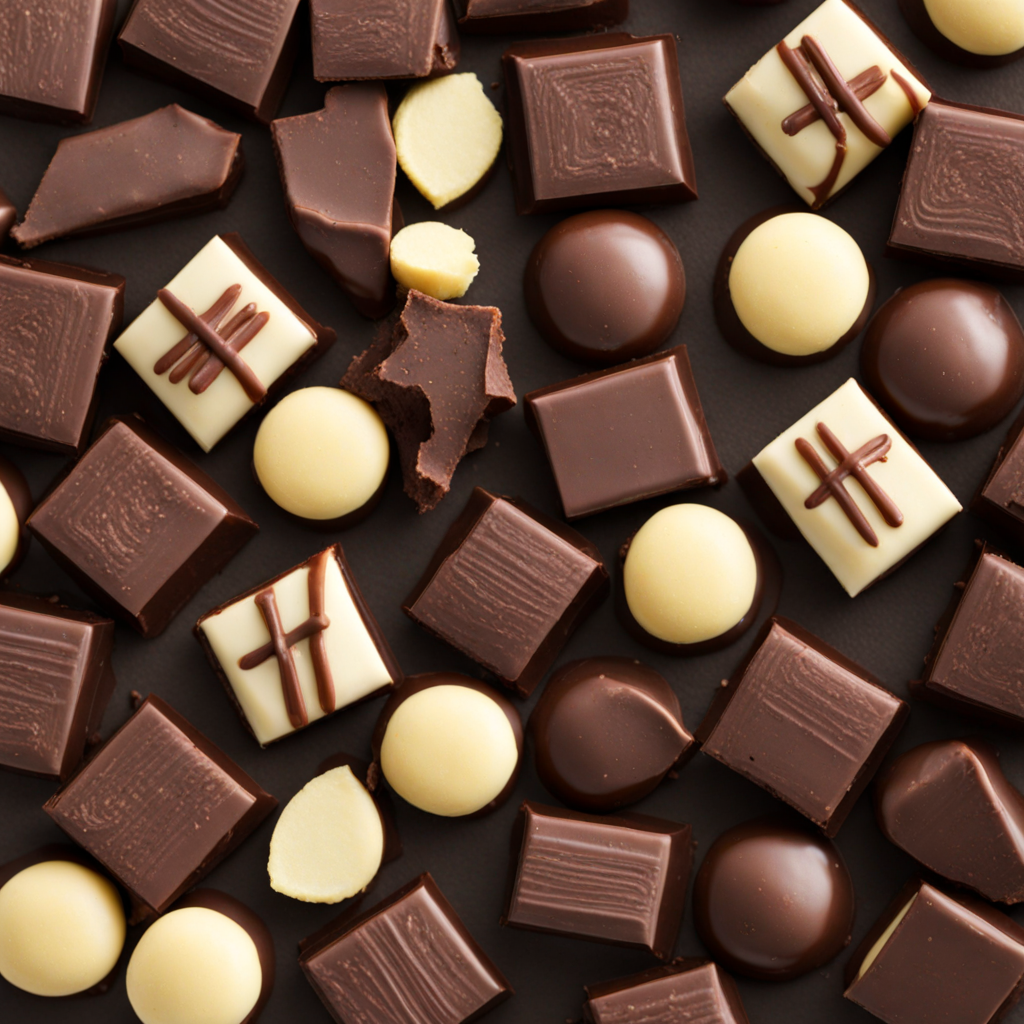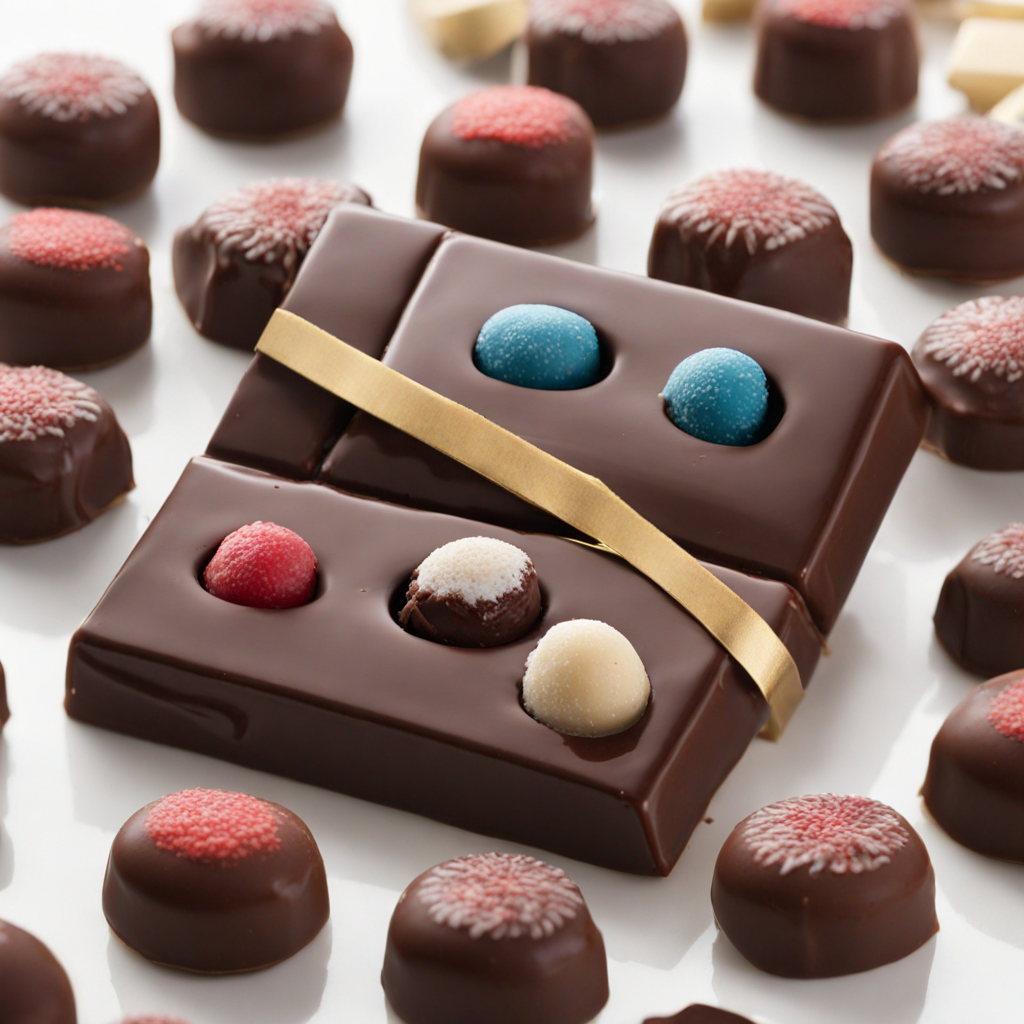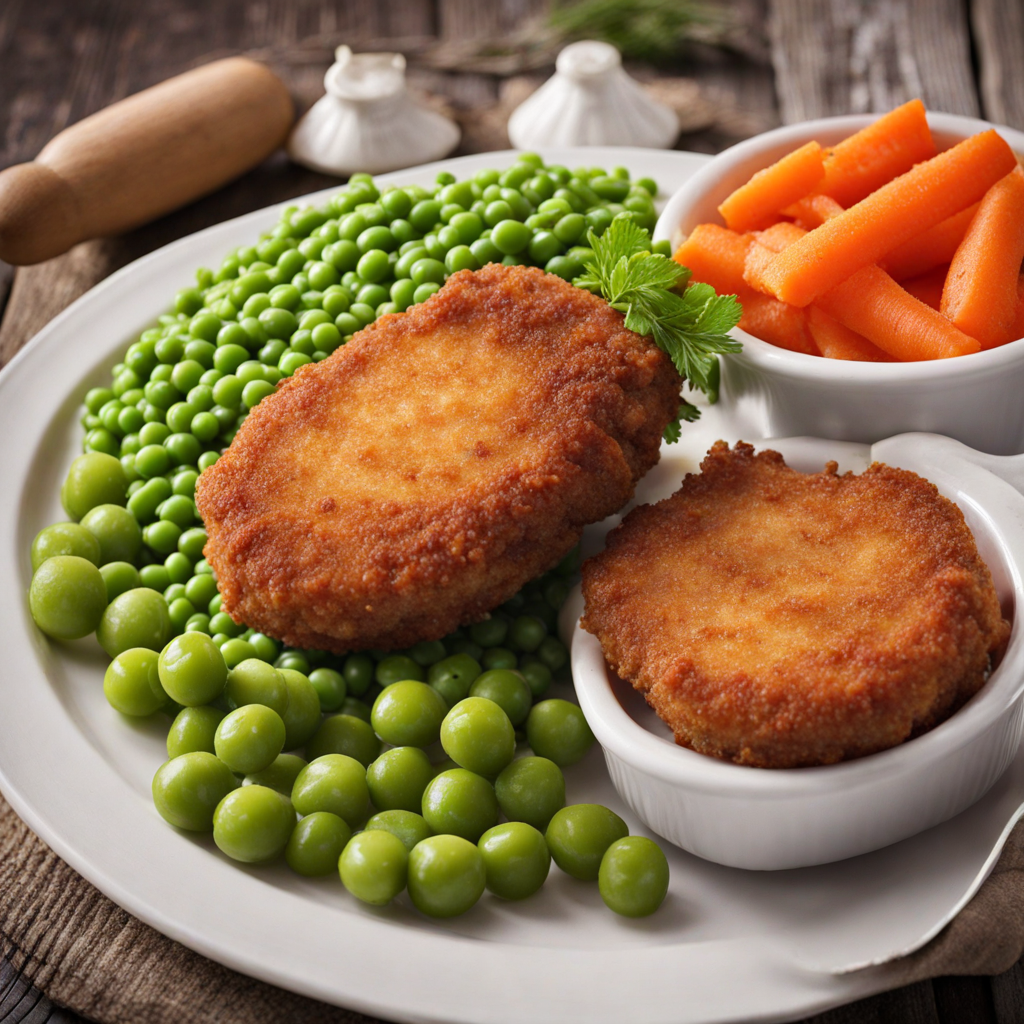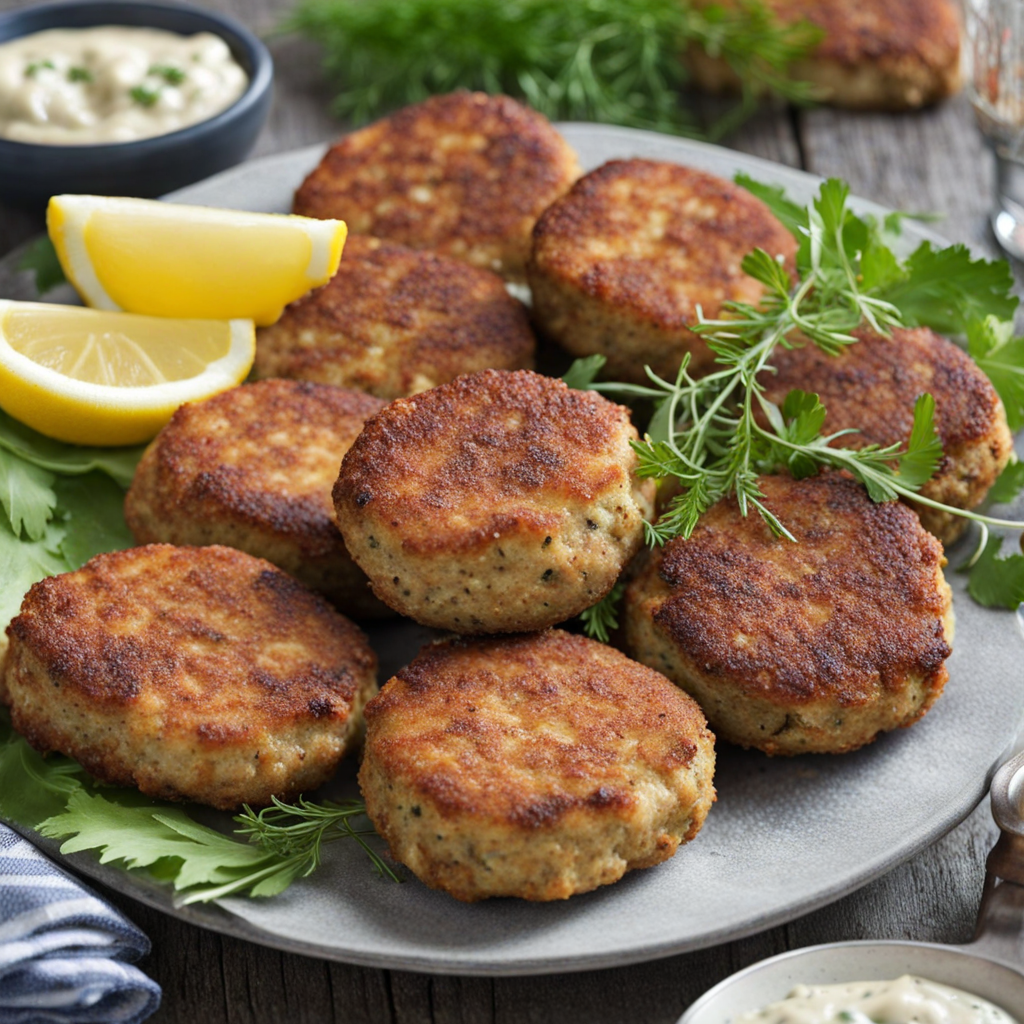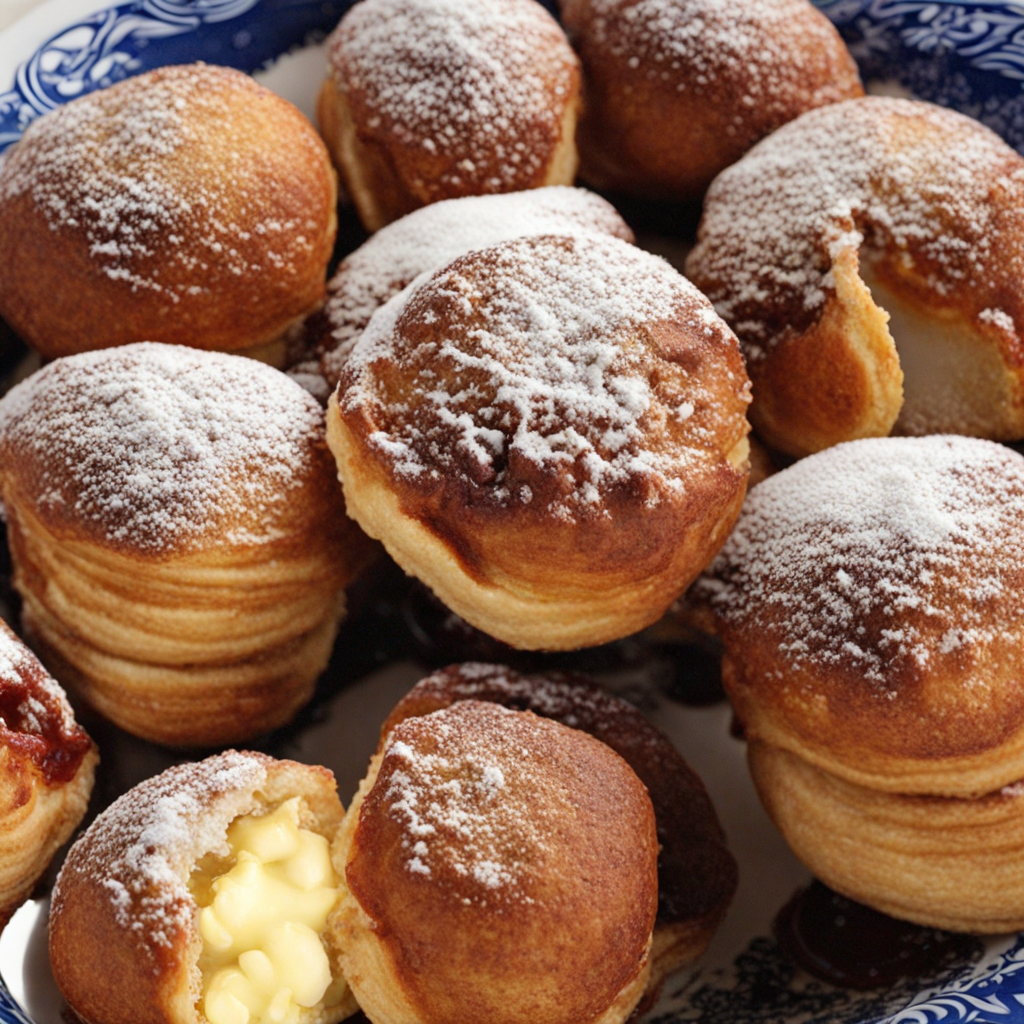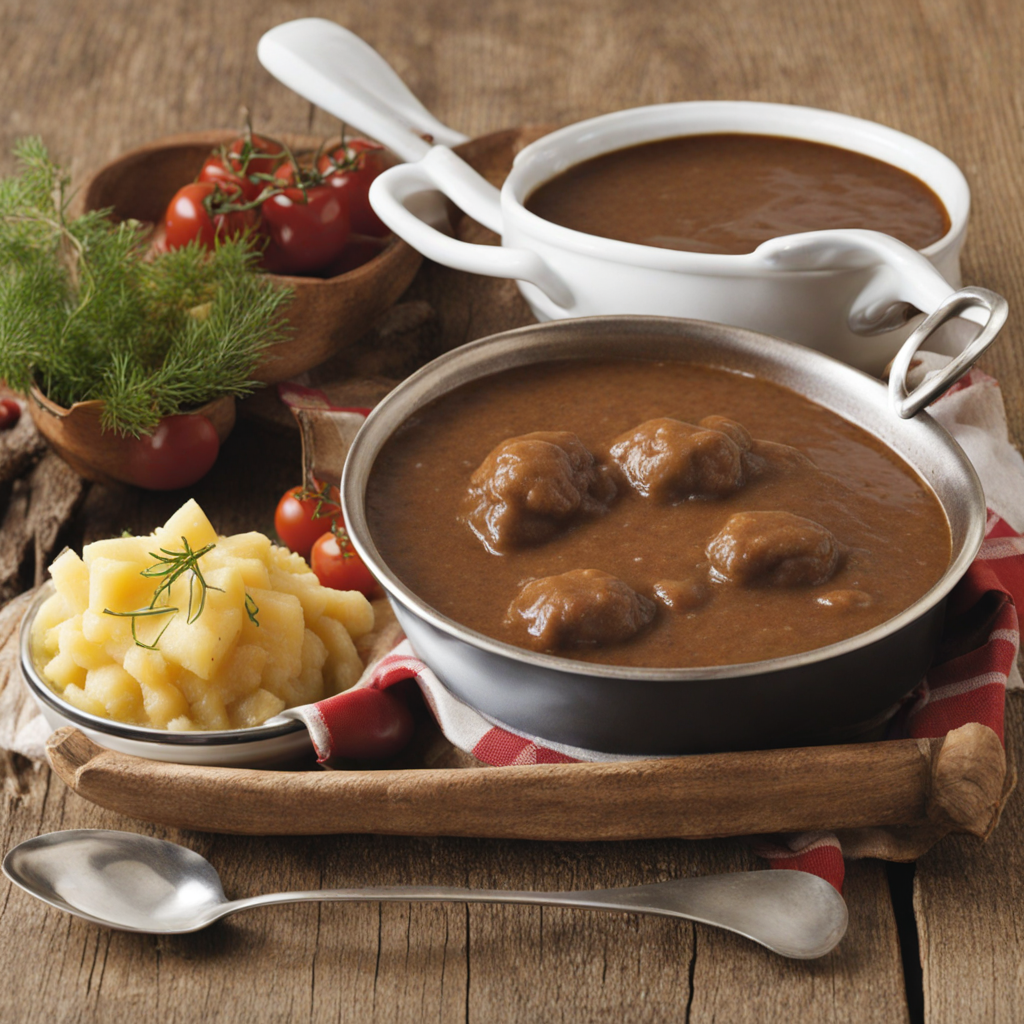Fyldt Chokolade
Fyldt Chokolade, or filled chocolate, is a delightful treat hailing from Denmark that encapsulates the artistry of Danish confectionery. These chocolates are typically crafted with a rich, smooth outer shell made from high-quality dark, milk, or white chocolate, encasing a variety of delectable fillings. The fillings can range from creamy ganaches infused with flavors like coffee, caramel, or fruit purees, to more adventurous options such as spiced liqueurs or nut pastes, offering a burst of flavor that surprises the palate with each bite. What makes Fyldt Chokolade particularly special is the balance of textures and flavors. The glossy, firm chocolate shell provides a satisfying snap when bitten into, giving way to the luscious and often velvety smooth filling inside. Artisans take great care in creating these chocolates, often using traditional techniques passed down through generations, ensuring that each piece is not only a treat for the taste buds but also a feast for the eyes. Many Danish chocolatiers add unique twists by incorporating local ingredients, such as sea buckthorn or Danish licorice, which adds a distinctive flair to the classic filled chocolate experience. When exploring Fyldt Chokolade, one can expect to encounter a variety of options, each offering a different taste journey. From the sweet and fruity to the rich and indulgent, these chocolates are perfect for sharing or savoring solo. Pairing them with a cup of coffee or a glass of dessert wine can elevate the experience even further, highlighting the intricate flavors woven into each piece. Whether enjoyed during a festive occasion or as a personal treat, Fyldt Chokolade invites chocolate lovers to embrace a truly unique taste of Denmark.
How It Became This Dish
The History of Fyldt Chokolade: A Sweet Journey Through Denmark’s Culinary Heritage #### Origins of Fyldt Chokolade Fyldt chokolade, or filled chocolate, is a delightful Danish confectionery that has captured the hearts of chocolate lovers both in Denmark and beyond. The origins of chocolate in Denmark can be traced back to the early 17th century, when cacao beans were first introduced to Europe from the New World. Initially consumed as a bitter beverage, chocolate quickly evolved into a sweet delicacy, with Denmark embracing this trend with open arms. By the late 19th century, the country had established itself as a notable player in the chocolate industry. The introduction of fyldt chokolade can be linked to the broader European chocolate-making tradition, particularly the influence of Belgium and France, which were renowned for their artisanal chocolate techniques. Danish chocolatiers began experimenting with fillings, creating variations that would ultimately lead to the diverse range of fyldt chokolade we know today. These fillings often included nuts, fruit, marzipan, and even liqueurs, reflecting the local palate and the abundance of regional ingredients. #### Cultural Significance Fyldt chokolade holds a special place in Danish culture, often associated with celebrations, holidays, and the simple pleasure of sharing something sweet. In Denmark, chocolate is not merely a treat; it is an expression of hospitality and generosity. Gifting fyldt chokolade during holidays such as Christmas, birthdays, and other festive occasions is a cherished tradition. The act of giving chocolate symbolizes warmth and affection, making it an integral part of Danish social customs. Moreover, fyldt chokolade is deeply intertwined with the concept of ‘hygge,’ a Danish word that embodies coziness, comfort, and contentment. The act of enjoying a piece of filled chocolate, often accompanied by a warm drink, encapsulates the essence of hygge. It serves as a reminder of the simple joys in life, fostering connection among friends and family. #### Development Over Time As the 20th century unfolded, the production of fyldt chokolade in Denmark underwent significant transformations. The establishment of large chocolate factories, such as those by the renowned companies Anthon Berg and Toms, revolutionized the industry. These companies expanded the availability of filled chocolates, making them accessible to the masses. Anthon Berg, established in 1884, gained fame for its marzipan-filled chocolates, while Toms, founded in 1924, became synonymous with iconic Danish chocolates, including the beloved ‘Toms Skildpadder’ (Toms Turtles), which are filled chocolates with a soft caramel and nut center. The post-war period saw a rise in consumer culture, and the demand for high-quality chocolates surged. This era also marked the beginning of a more artisanal approach to chocolate-making in Denmark. Small chocolatiers began to emerge, emphasizing craftsmanship and unique flavor combinations, thus distinguishing their products from mass-produced alternatives. This artisanal movement revitalized the fyldt chokolade market, encouraging innovation and creativity among chocolatiers. In the late 20th and early 21st centuries, the global trend towards sustainability and ethical sourcing began to influence the Danish chocolate industry. Chocolatiers started to prioritize fair trade and organic ingredients, ensuring that their products not only tasted good but also contributed positively to the environment and the communities from which they sourced their cacao. This shift resonated with Danish consumers, who increasingly sought products that aligned with their values of sustainability and social responsibility. #### Modern Interpretations Today, fyldt chokolade continues to evolve, with contemporary chocolatiers pushing the boundaries of flavor and presentation. The fusion of traditional Danish ingredients with global influences has resulted in exciting new variations. For example, many chocolatiers experiment with local flavors such as sea buckthorn, elderflower, and even craft beer, creating unique filled chocolates that reflect the dynamic Danish culinary landscape. Artisanal chocolatiers like Peter Beier and Summerbird are at the forefront of this movement, crafting exquisite fyldt chokolade that is not only a treat for the taste buds but also a feast for the eyes. Their creations often showcase intricate designs and vibrant colors, turning each piece into a work of art. Seasonal collections, themed chocolates, and limited-edition flavors have become popular, enticing consumers with the promise of something new and exciting. Moreover, the rise of social media has played a pivotal role in the popularity of fyldt chokolade. Chocolatiers now use platforms like Instagram to showcase their creations, reaching a wider audience and attracting chocolate enthusiasts from around the world. This visibility has contributed to a renewed interest in Danish chocolate, further solidifying its reputation on the global stage. #### Conclusion Fyldt chokolade is more than just a confectionery; it is a symbol of Danish culture, hospitality, and creativity. From its humble origins in the 17th century to its modern interpretations in the 21st century, fyldt chokolade has continually evolved while maintaining its place in the hearts of the Danish people. It embodies the spirit of hygge, serving as a reminder of the importance of connection, sharing, and enjoying life’s simple pleasures. As we indulge in a piece of fyldt chokolade, we partake in a rich history that reflects not only the skill and artistry of Danish chocolatiers but also the cultural significance of this delightful treat. With its ever-evolving flavors and forms, fyldt chokolade will undoubtedly continue to captivate and inspire future generations, making it a cherished part of Denmark’s culinary heritage for years to come.
You may like
Discover local flavors from Denmark


